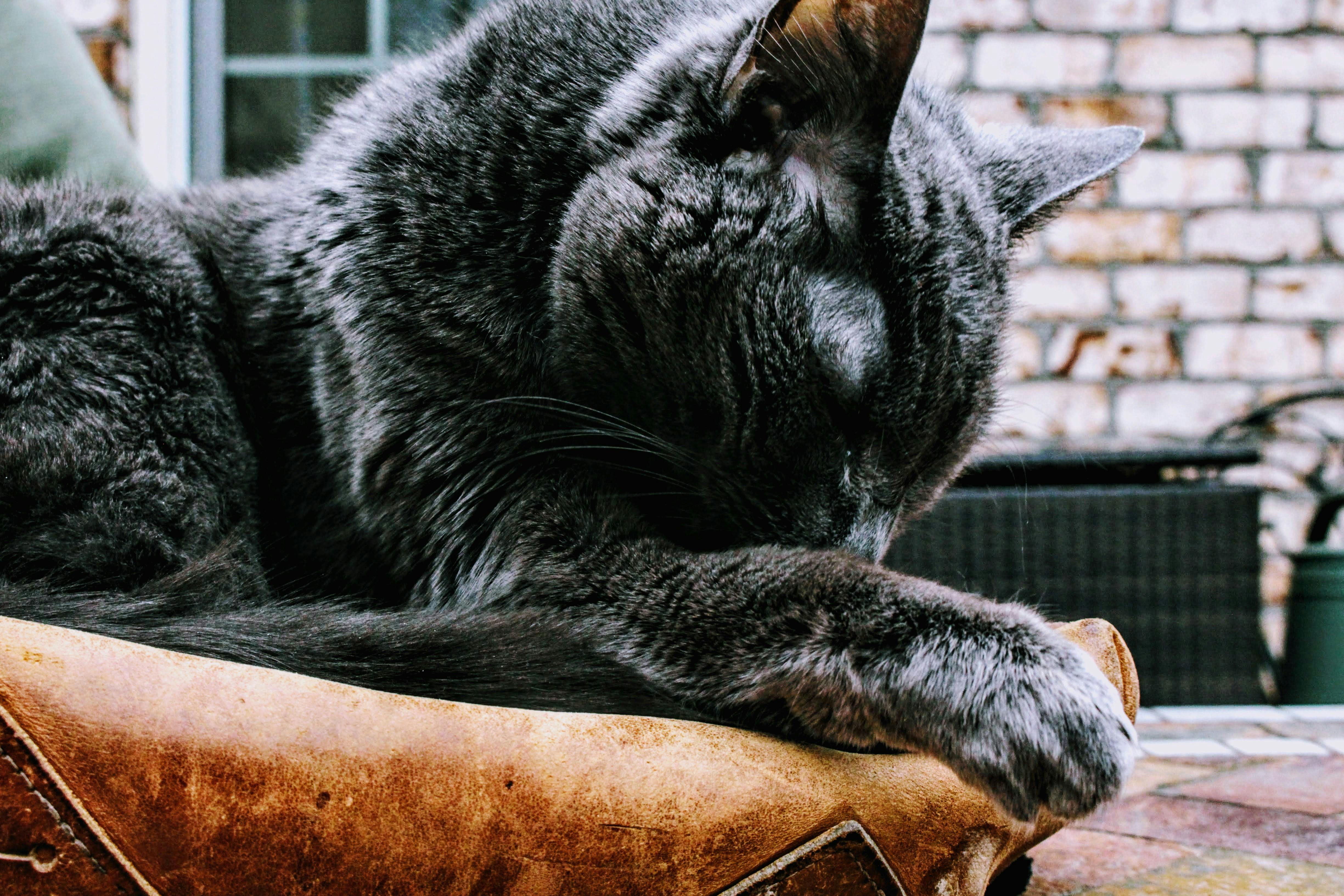African Spurred Tortoises, when young, are cute, outgoing, and very tame. Perhaps these are the reasons why any would-be tortoise owner would seriously consider owning one. But this African tortoise may not be the best choice for a pet because it grows very large and becomes very powerful. In fact, African spurred tortoises are the largest tortoises on the African continent and the third largest on the planet. They will surely require a large space and a lot of food. More importantly, they will need a lot of your time and money.
African spurred tortoises are named for the spurs on their hind legs. Found in the hot, dry bushland areas of north central Africa, the adult female African spurred tortoise can reach a shell length of 20 inches, while adult males can grow even larger, with shells up to 30 inches long. It has a wide, oval-shaped carapace, whitish plastron, and brown head. Their body color varies, from yellowish to golden brown. This species also has very thick fur.
African spurred tortoises require a high fiber diet. They like to eat mixed salads of vegetables and greens every day; with a pinch of calcium from time to time. Significantly, any turtle has a tendency to become obese if overfed. Therefore, all African tortoise owners should ensure that food is served in moderation. These tortoises may also be fed fruit, such as melons and apples, during the hot summer months; but only once every 10 days to 2 weeks. They should never be fed commercial dog or cat food.
African spurred tortoises require warm, dry environments. In their outdoor enclosures, a substrate of three quarters of sand and one quarter of peat is essential. Add a layer of grass hay on one side for shade. This shade protects the tortoises from the heat and provides a safe place to rest. On the other hand, to provide heat for the animals, use a light bulb that emits heat in a lamp. Hang it 12 inches above the substrate. You should also provide a basking spot, heated to between 90º and 95º F. Make sure you also have a space for a water dish. For safety, make sure the enclosure is free of predators.
As an owner, if you choose to keep your tortoise indoors, it should be housed in a large terrarium, not an aquarium. These two housing options are actually very different. These instructions only apply to an African tortoise with small or medium sized spurs. Plastic tubs, wooden cages, and other enclosures are acceptable for all sizes. It is worth mentioning that African stimulated tortoises, like most of their family, require a large amount of UVB radiation for the synthesis of vitamin D3 (necessary in calcium metabolism) and love to be outdoors, exposed to grass, plants and soil. Therefore, it is recommended to build outdoor housing for them whenever possible.
Owning and caring for any species of turtle requires a lot of time and money. You will need to make informed decisions based on the needs of your particular breed of tortoise. Don’t become one of those owners who was excited as a novice hatcher, but he ended up selling—or worse, leaving—his discarded pet, trying to fend for itself in the wild.
